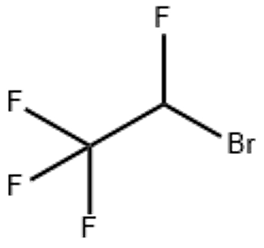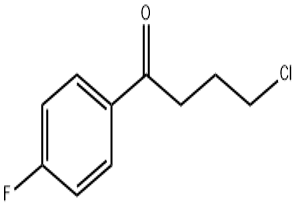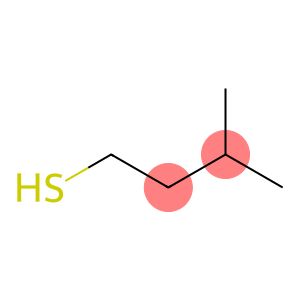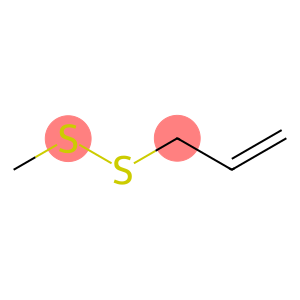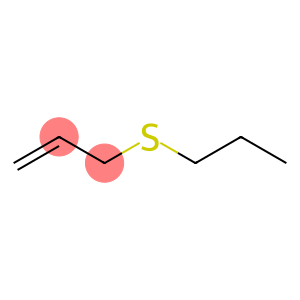1-Propanol(CAS#71-23-8)
| Risk Codes | R11 – Highly Flammable R41 – Risk of serious damage to eyes R67 – Vapors may cause drowsiness and dizziness |
| Safety Description | S7 – Keep container tightly closed. S16 – Keep away from sources of ignition. S24 – Avoid contact with skin. S26 – In case of contact with eyes, rinse immediately with plenty of water and seek medical advice. S39 – Wear eye / face protection. |
| UN IDs | UN 1274 3/PG 2 |
| WGK Germany | 1 |
| RTECS | UH8225000 |
| FLUKA BRAND F CODES | 10-23 |
| TSCA | Yes |
| HS Code | 29051200 |
| Hazard Class | 3 |
| Packing Group | II |
| Toxicity | LD50 orally in rats: 1.87 g/kg (Smyth) |
Introduction
Propanol, also known as isopropanol, is an organic solvent. The following is an introduction to the properties, uses, preparation methods and safety information of propanol:
Quality:
- Propanol is a colorless liquid with the characteristic odor of alcohols.
- It can dissolve water, ethers, ketones, and many organic substances.
Use:
- Propanol is widely used in industry as a solvent in the manufacture of paints, coatings, cleaning agents, dyes, and pigments.
Method:
- Propanol can be prepared by hydrogenation of methane hydrates.
- Another commonly used preparation method is obtained by direct hydrogenation of propylene and water.
Safety Information:
- Propanol is flammable and should be kept away from open flames and high temperatures.
- When handling propanol, wear appropriate protective equipment such as gloves, goggles, and protective clothing.



